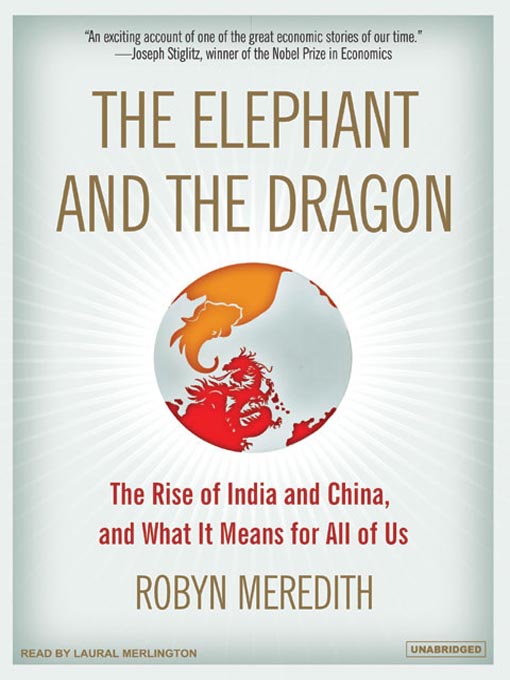
The Elephant and the Dragon
The Rise of India and China, and What It Means for All of Us
فرمت کتاب
audiobook
تاریخ انتشار
2007
نویسنده
Laural Merlingtonناشر
Tantor Media, Inc.شابک
9781400174850
کتاب های مرتبط
- اطلاعات
- نقد و بررسی
- دیدگاه کاربران
نقد و بررسی

Laural Merlington energetically navigates this densely packed overview of India and China and their rise to the status of economic powerhouses. Merlington does not allow herself to be rushed, despite the lengthy sentences, complex syntax, and detailed facts that characterize most of the chapters in this volume. She takes her time, enunciating every word, allowing listeners to process the minutia of historical data. Her bright inflection keeps the otherwise dry subject matter from fading into background noise or seeming self-evident in light of the contemporary focus on these Asian markets. Merlington creates an engaging audio history lesson for the otherwise faint of heart. M.R. (c) AudioFile 2008, Portland, Maine

May 14, 2007
M
eredith, who covers India and China for Forbes
, upends conventional wisdom in this well-reported book, arguing that the U.S. shouldn't fear these two rising economic powers. The U.S. (“buyer to the world”) and China (“factory to the world”) have, respectively, the largest and fourth largest economies, but they will reach parity in 2015. Though American politicians tax Chinese goods, Meredith points out that Americans actually gain from the undervalued yuan: our companies profit from the cheap goods the Chinese manufacture. Meanwhile, India (“backoffice to the world”) has picked up most of the one million white-collar jobs that moved out of the U.S. by 2003. But Meredith notes that for every dollar that goes overseas, $1.94 of wealth is created—all but 33 cents of which returns to the U.S. Protrade and antiprotectionist, she makes a compelling argument that China is doing better than India because it moved toward a market economy in 1978, while India began to liberalize in 1991. She also looks critically at each country's plans for the future, noting that China's citizens save more, while India's infrastructure and education system are falling behind. She concludes that “if inward-facing India and communist China can transform themselves, so can the United States of America.”

























دیدگاه کاربران